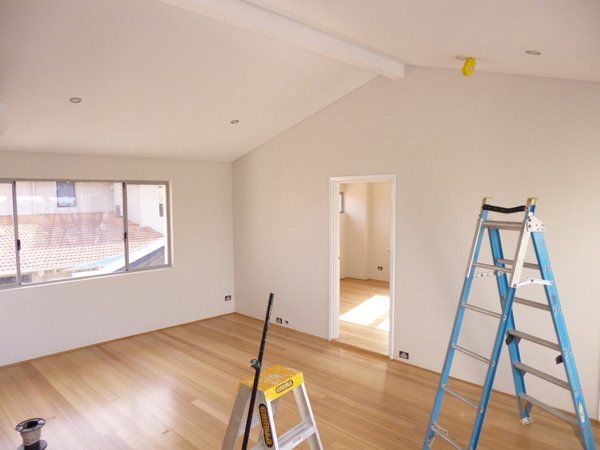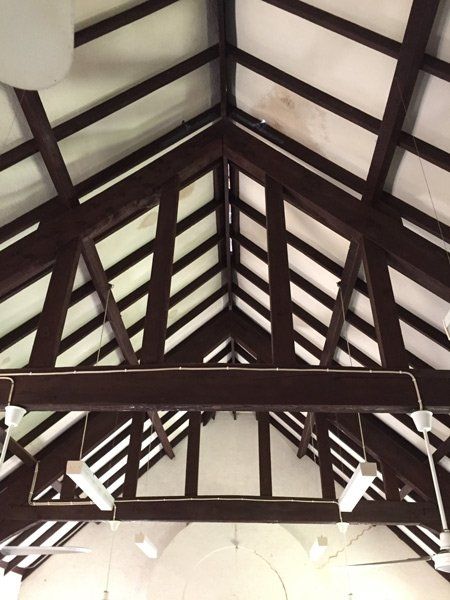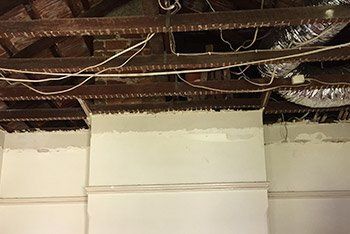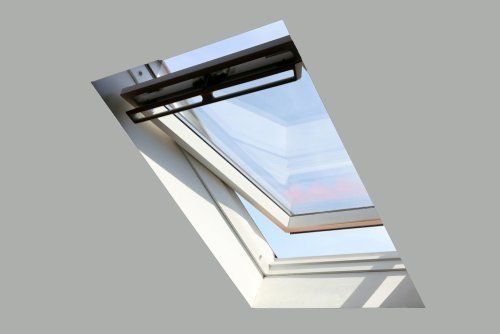Gyprock Ceiling Repairs: When to DIY and When to Call a Pro
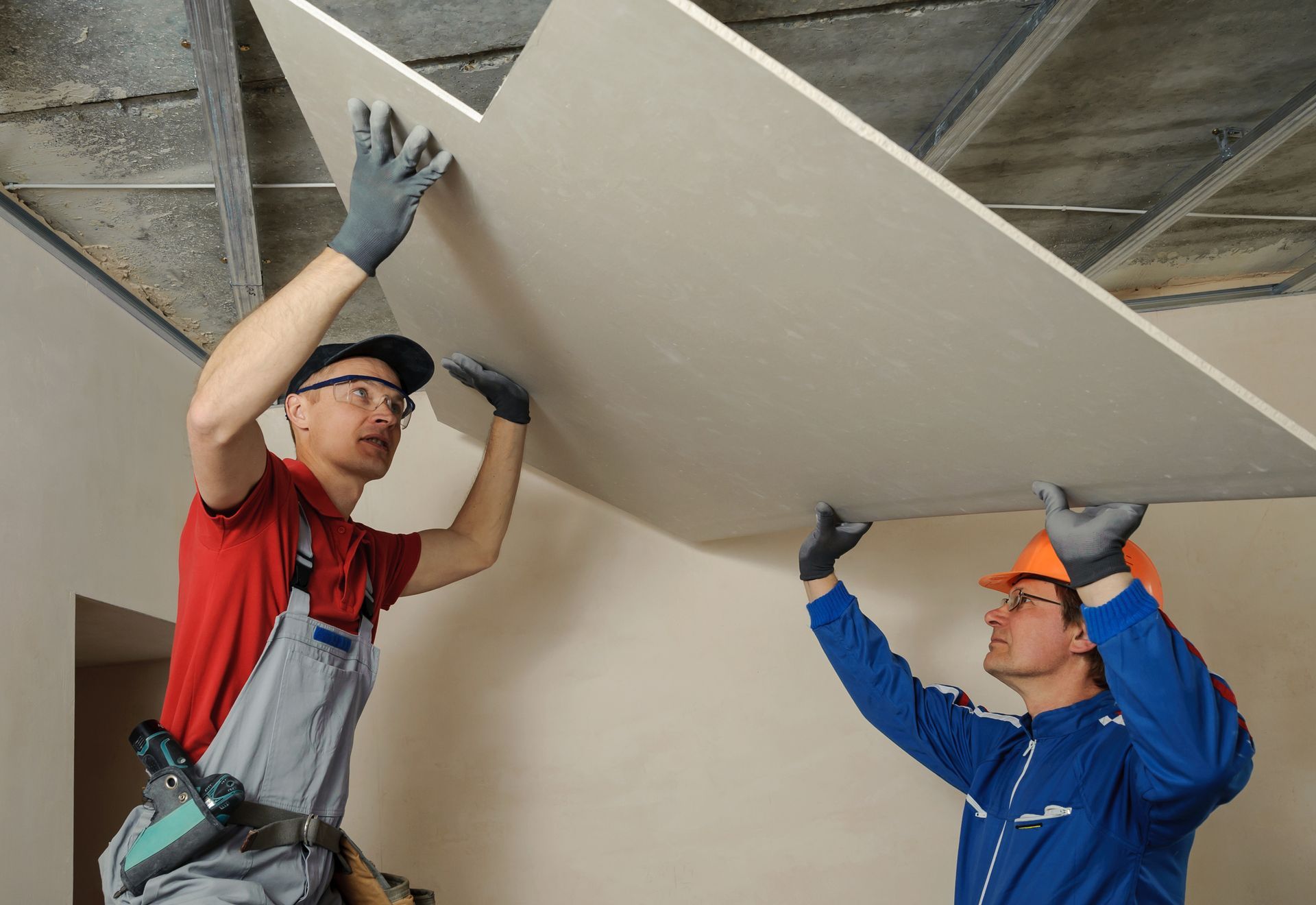
Gyprock ceilings are a popular choice for many Perth homes due to their durability and smooth finish. However, over time, even the most well-installed Gyprock can experience sagging. This can be a minor nuisance or a major issue depending on the extent of the sagging. WA Ceiling Fixers has extensive experience in Gyprock ceiling repairs in Perth and understands the ins and outs of both DIY fixes and professional interventions. This guide aims to help you understand when you can safely handle repairs yourself and when it’s best to call in the pros.
Understanding the Causes of Sagging Gyprock Ceilings
Before diving into repair solutions, it’s important to understand why Gyprock ceilings sag in the first place.
Some common reasons include:
1.
Water Damage: Leaking pipes or roofs can cause the Gyprock to weaken and eventually sag. Moisture can compromise the integrity of the materials, leading to drooping or bulging areas.
2.
Structural Shifts: Over time, buildings can shift slightly due to soil movement, temperature changes, and settling. These shifts can place stress on the ceiling, causing it to bow or sag.
3.
Inadequate Installation: If the original installation didn’t use enough screws or adhesive, the Gyprock might start sagging. This could also result from using inferior-quality materials or workmanship.
DIY Methods for Minor Sagging
For minor sagging issues, enthusiastic DIYers can often tackle the problem themselves. Here are some methods for minor Gyprock ceiling repairs:
Screwing Back into Place
One of the simplest fixes for a slightly sagging Gyprock ceiling is to screw it back into place. Use Gyprock screws to secure the sagging section back to the ceiling joists. Make sure to use enough screws to hold the weight of the ceiling and spread them out evenly. It's advisable to use screws every 150 to 200 mm along the affected area to ensure a firm hold. Additionally, use a stud finder to locate the joists to avoid unnecessary damage to the ceiling.
Using Battens
Another effective method for fixing minor sagging is to use battens. By placing battens or furring strips perpendicular to the ceiling joists and screwing the Gyprock into these support strips, you can often lift a sagging section back into place. Ensure that the battens are of high-quality timber or metal and securely attached to the joists. This approach is particularly useful if the original installation lacked adequate support.
When to Seek Professional Help
While tackling minor repairs can be a satisfying DIY project, there are times when it’s best to call in the experts at WA Ceiling Fixers for Gyprock ceiling repairs in Perth. Here are some scenarios where professional intervention is necessary:
1.
Severe Sagging: If the ceiling has dropped significantly or large sections are affected, it suggests more serious underlying issues. In such cases, the structural integrity of the entire ceiling might be compromised, necessitating professional attention.
2.
Water Damage: Gyprock that has been compromised by water is often beyond simple DIY repair. In these cases, professionals will not only repair the ceiling but also address the source of the water damage. This might involve fixing leaks, replacing insulation, or repairing roof tiles to prevent future issues.
3.
Structural Problems: If you suspect that the sagging is due to structural problems, it's important to get professional help to ensure that these issues are properly resolved. Structural fixes might involve reinforcing the ceiling framework, addressing foundation problems, or implementing comprehensive measures to stabilise the building.
The Process of Professional Gyprock Ceiling Replacement
When a ceiling is beyond repair, a replacement may be necessary. Here’s what you can expect during a Gyprock ceiling replacement:
< link to ceiling replacement https://www.waceilingfixers.com.au/services/ceiling-replacement >
1.
Assessment: Professionals will start by assessing the extent of the damage and determining the root cause of the problem. This involves a thorough inspection of the ceiling, joists, and surrounding areas.
2.
Removing the Old Ceiling: The old, sagging Gyprock will be carefully removed. Protective measures will be taken to ensure minimal disruption to your home and to remove all debris safely.
3.
Fixing Underlying Issues: Any underlying issues, such as damaged joists or water damage, will be repaired. This step is crucial to prevent future sagging and ensure the new ceiling is installed on a solid foundation.
4.
Installing the New Ceiling: New Gyprock sheets will be installed, ensuring they are properly secured and finished to create a smooth and lasting ceiling. This process involves precise measurements, cutting, and fitting of the Gyprock sheets, followed by plastering and
painting services to match the existing decor.
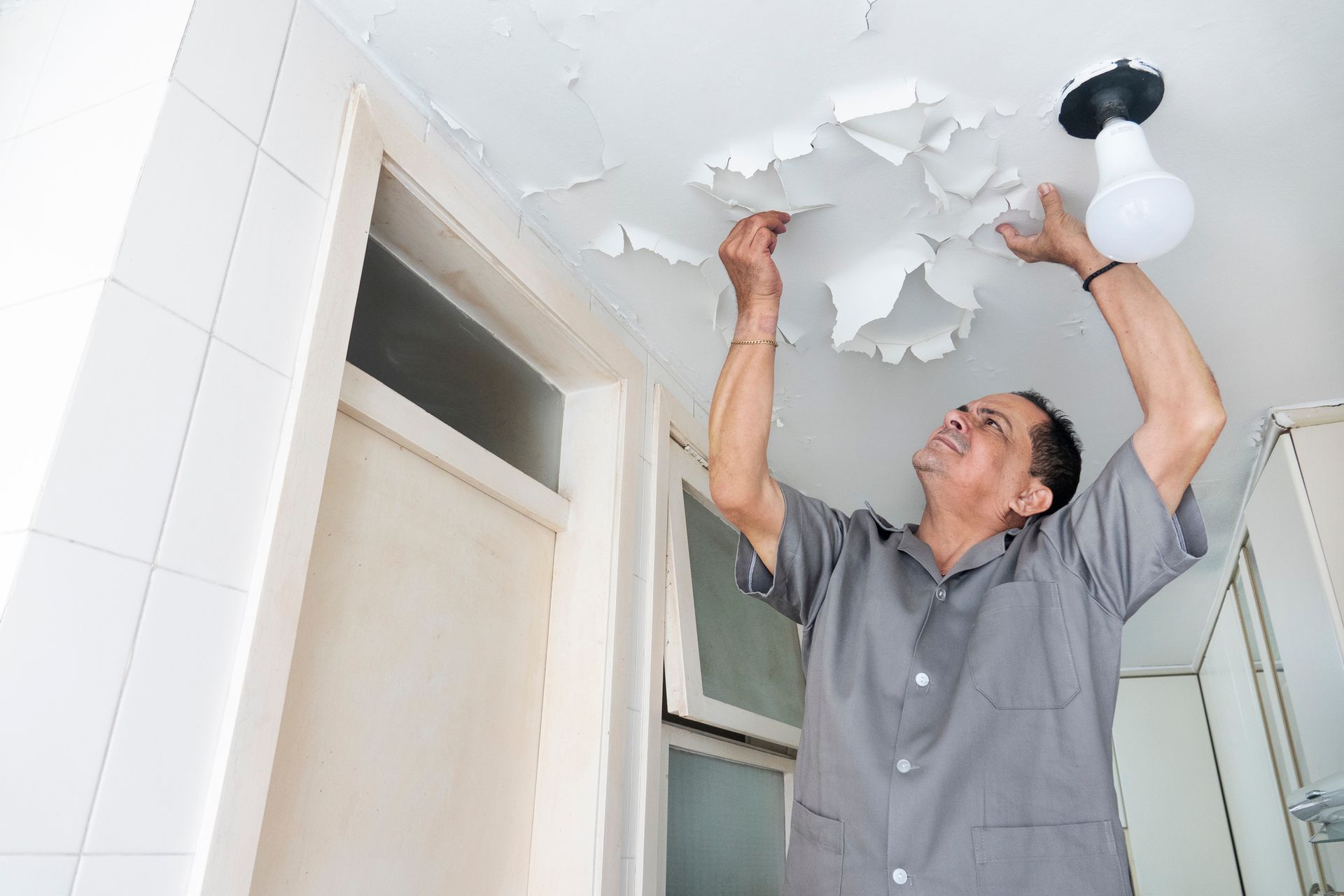
Preventive Measures for Maintaining Your Gyprock Ceilings
Prevention is always better than cure. Here are some tips to help you maintain your ceiling and avoid future sagging issues:
1.
Regular Inspections: Periodically check your ceiling for signs of sagging or water damage. Early detection can save you from more extensive and expensive repairs.
2.
Address Leaks Promptly: Fix any leaks in your roof or plumbing as soon as they are discovered. Water damage is one of the leading causes of sagging ceilings, so it's essential to stay vigilant.
3.
Proper Ventilation: Ensure your home is well-ventilated to prevent moisture buildup. Proper ventilation can reduce the risk of condensation and mould, which can weaken Gyprock ceilings.
4.
Professional Maintenance: Consider having professionals inspect your ceiling periodically, especially if it’s an older home. Regular maintenance checks can spot potential issues before they become major problems.
In summary, while minor Gyprock ceiling repairs can often be handled as a DIY project, it’s important to recognize when a professional touch is needed. At WA Ceiling Fixers, we are dedicated to providing reliable, efficient, and expert Gyprock Ceiling Repairs in Perth. If you find your ceiling sagging significantly or suspect water damage, don’t hesitate to reach out to us.
Contact Us Today!
For expert advice and unparalleled service, contact WA Ceiling Fixers today. Whether it’s a Gyprock ceiling repair in Perth or a complete Gyprock ceiling replacement, we have the skills and experience to ensure your ceiling is as good as new. Don’t wait! Get your ceiling fixed right the first time with WA Ceiling Fixers!



